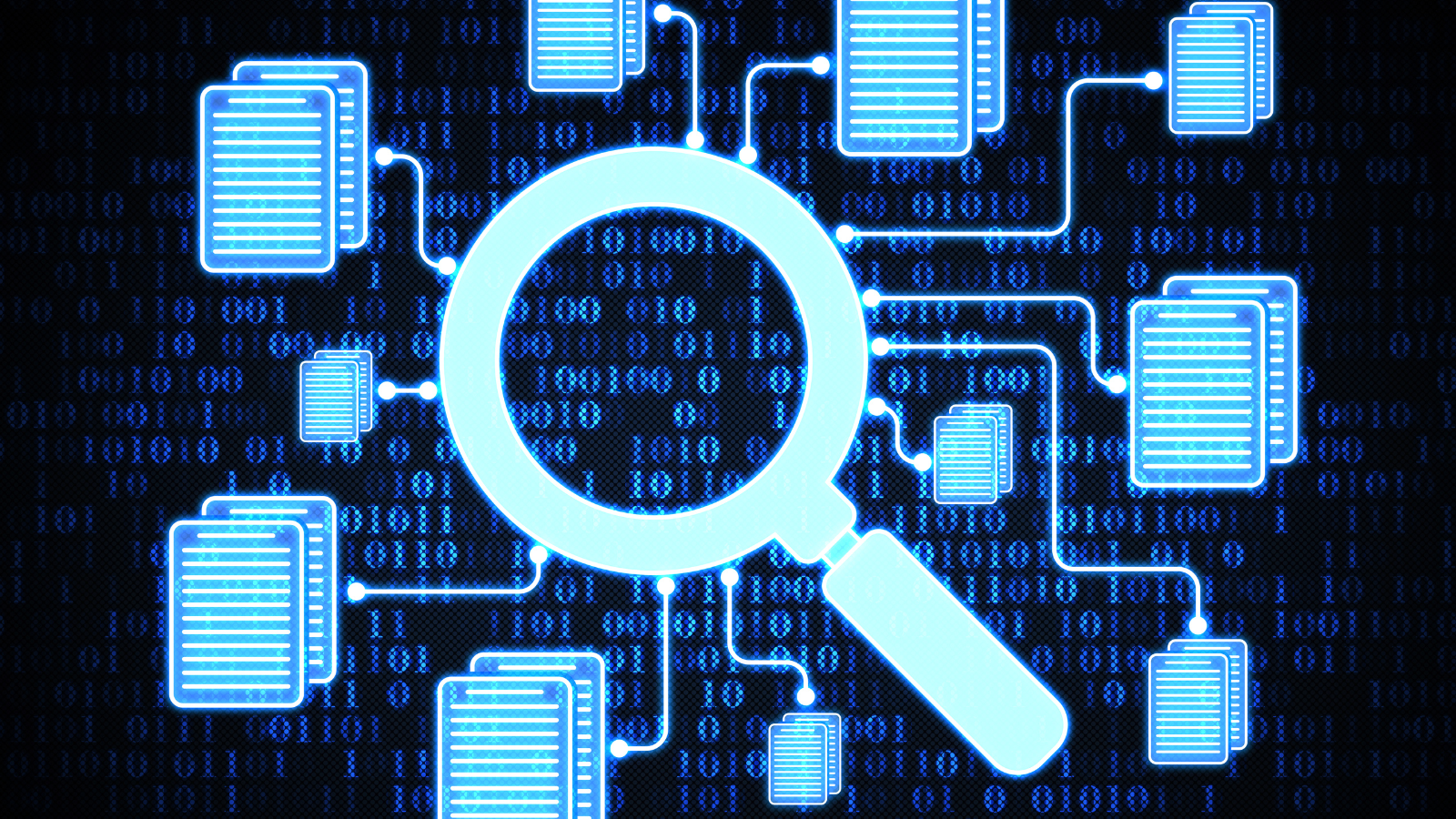Digital Preservation in Heritage: How to Future-Proof Your Collections
The role of heritage organisations and museums is evolving. No longer just custodians of physical artefacts, these institutions are now responsible for preserving a vast and growing volume of digital material: scanned records, born-digital documents, photographs, audio files, videos and interactive media. This shift demands new strategies, tools and mindsets, to ensure that our shared cultural memory is not only preserved but made accessible for generations to come.
So, how do you future-proof your digital collections? This article explores the core principles of digital preservation in the heritage sector; the challenges institutions face and how platforms like YourArchive are helping organisations take control of their digital futures.
What is Digital Preservation?
Digital preservation refers to the series of managed activities necessary to ensure continued access to digital materials for as long as necessary. This can involve maintaining the integrity, authenticity and usability, of both digitised and born-digital content over time.
It goes beyond just backing up files. Effective digital preservation includes:
Long-term storage and access strategies
Metadata management to ensure discoverability
File format standardisation and migration to prevent obsolescence
Controlled access and usage rights
Regular auditing and monitoring of digital assets
For heritage organisations, the goal is to balance accessibility with authenticity, ensuring that digital materials remain useful, meaningful and contextually accurate into the future.
Why Digital Preservation Matters for Heritage Institutions
For museums and heritage collections, digital preservation isn't a "nice to have"; it's mission critical. Cultural heritage is fragile, and digital versions of historical records, oral histories and visual collections, can extend their reach and safeguard their survival. Here's why it matters:
Widened Access: Digitisation allows global audiences to engage with collections that were once geographically or physically limited.
Mitigated Risk: Digital surrogates reduce the handling of delicate physical artefacts and provide a backup in case of disaster.
New Storytelling Formats: Digital collections enable multimedia storytelling and immersive exhibitions
Funding and Support: Demonstrating a robust digital preservation strategy can strengthen funding applications and stakeholder confidence.
Common Challenges in Digital Preservation
Despite its benefits, digital preservation presents real challenges:
Technological Obsolescence: Hardware and file formats evolve quickly. Materials stored on old media or using legacy formats can become unreadable.
Lack of Strategy: Many institutions lack a formal digital preservation plan or policy, which puts collections at risk.
Limited Resources: Heritage organisations often operate with constrained budgets and limited technical expertise.
Scattered Storage: Content is often stored across hard drives, cloud folders and outdated systems, making it hard to manage or find.
Metadata Gaps: Without proper tagging and metadata, even well-preserved files become unusable or inaccessible.
Overcoming these challenges requires a structured, sustainable and scalable approach.
Core Principles of Future-Proofing Digital Collections
To build a resilient and accessible digital collection, heritage institutions should focus on the following core principles:
1. Centralise and Standardise
Avoid fragmented systems. Bring all your digital assets into a centralised, searchable platform. Use standardised file formats and naming conventions to future-proof your content.
2. Invest in Metadata and Context
Context is everything. Ensure your digital assets are properly described with relevant metadata: who, what, where, when, why. This not only aids discoverability but strengthens research and educational value.
3. Enable Controlled Access
Some materials may be public, others restricted to researchers or members. Choose a system that allows for layered permissions, watermarking and copyright controls.
4. Ensure Scalability and Sustainability
Your system should grow with you. Use platforms that offer scalable storage and flexible tools for organising and repurposing content.
5. Promote Engagement and Reuse
Preservation doesn’t mean locking material away. Make your collections work for you: share them in galleries, build exhibitions or create learning materials. The more they’re used, the more they’re valued and maintained.
How YourArchive Supports Digital Preservation
YourArchive is designed to help museums and heritage collections manage, protect and share digital assets, without the complexity or cost of enterprise-level systems. Here are just a few ways it supports digital preservation:
Centralised Archive Management: One secure space to organise photos, documents, audio and video content, with intuitive folder structures and advanced search.
Metadata & Tagging Tools: Customisable metadata fields and tagging systems make it easy to describe, sort and surface assets.
Scanned & Born-Digital Content Support: Easily manage multiple file types and ensure consistent quality across your collection.
Optical Character Recognition (OCR) & Handwritten Text Recognition: Make even scanned text and historical records fully searchable.
Audio Transcription: Make your videos and audio content fully searchable, as well as using transcripts to repurpose audio or video collections.
Facial Recognition Technology: Identify people across your archive and map community connections.
Flexible Permissions: Control what content is public, private or member-only, and protect sensitive material with watermarking or redaction.
Built-in Engagement Tools: Share content directly to social media or email, automatically create videos from content, allow commentary and interaction with your content, or use it to build virtual tours and story galleries.
Preserving the Past with Purpose
Digital preservation isn’t just a technical challenge; it’s a strategic one. For heritage organisations and museums, the opportunity is not only to safeguard history but to make it searchable, shareable and central to cultural engagement.
By investing in tools and processes that make digital preservation sustainable, accessible and engaging, institutions can ensure that their collections continue to inspire, educate and connect people. For today, and far into the future.
Whether you’re just starting to digitise or looking to upgrade your existing archive, YourArchive is here to help you preserve the past with purpose.
Book a demo today to see how YourArchive can support your digital preservation goals.


